As a hybrid lens, the RF70-200mm f/2.8L IS USM Z is highly recommended for video and content creation, but features like a fixed barrel length, internal zooming design and extender compatibility make it an excellent choice for nature and wildlife photography, too. Chikako Yagi shares her favourite features and impressions along with some images. (Reported by: Chikako Yagi, Digital Camera Magazine)

Outstanding feature #1: Extender makes almost no difference to performance
One of the RF70-200mm f/2.8L IS USM Z’s key differences from its non-Z counterpart is its compatibility with extenders (teleconverters) across its entire zoom range. This highly desirable feature allows you to extend the focal length to up to 400mm with the Extender RF2x.
Putting extra glass between the lens and the sensor usually negatively affects lens performance in some way, so I was pleasantly surprised when I didn’t experience any noticeable difference. The AF remained fast and accurate, and image quality was maintained.
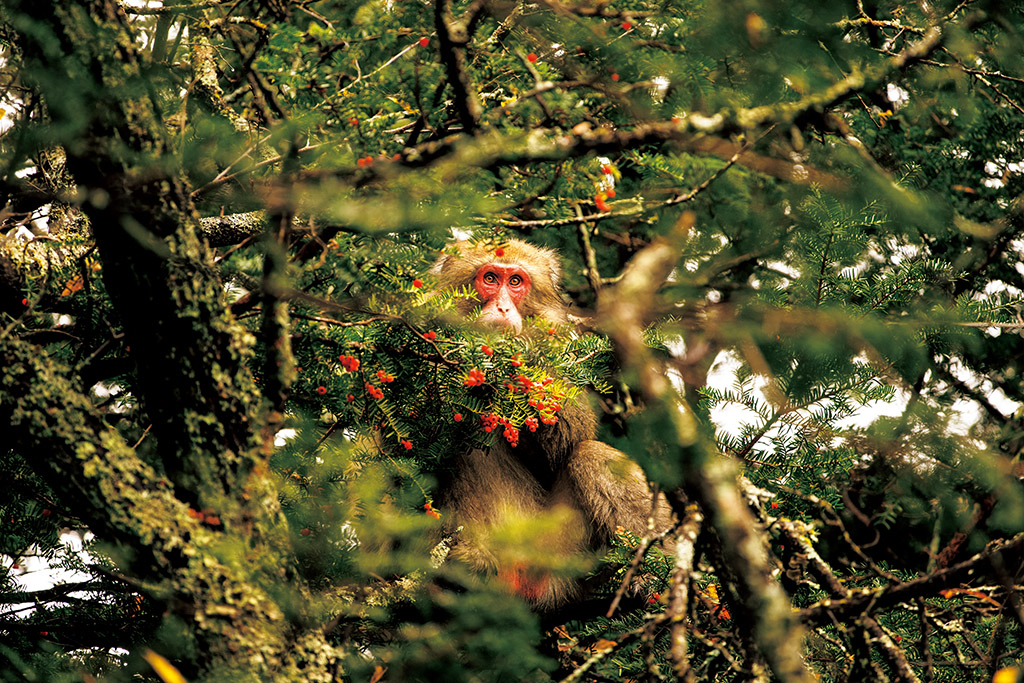
EOS R5 Mark II/ RF70-200mm f/2.8L IS USM Z + Extender RF1.4x/ FL: 280mm/ Aperture-priority AE (f/4, 1/250 sec, EV-0.3)/ ISO 1000/ WB: Auto
This frame, selected from a continuous shooting sequence, shows a monkey stuffing its face with yew fruits that I encountered while shooting in the mountains. The excellent EOS R5 Mark II + RF70-200mm f/2.8L IS USM Z combination swiftly found and locked onto the monkey’s eye amid the foliage, even with the Extender RF1.4x attached. The result: sharp shots that clearly show the monkey’s facial expression.

EOS R5 Mark II/ RF70-200mm f/2.8L IS USM Z + Extender RF1.4x/ FL: 280mm/ Aperture-priority AE (f/4, 1/320 sec, EV-0.7)/ ISO 100/ WB: Auto
Berries on a tree branch right after the rain. Although the Extender RF1.4x reduces the maximum aperture by one stop to f/4, the bokeh is still beautiful. Here, it separates the berries and raindrops from the background, imparting a sense of dimensionality.
Outstanding feature #2: Excellent image quality with new optical technologies
The RF70-200mm f/2.8L IS USM Z features a new optical design that corrects various aberrations, achieving image quality that is on par with if not better than the RF70-200mm f/2.8L IS USM. I found that subjects with fine details, such as the veins of leaves, were finely resolved. Backlit shots were clean and clear with extremely little flaring and ghosting. Optical excellence is maintained at a high level throughout the entire zoom range.
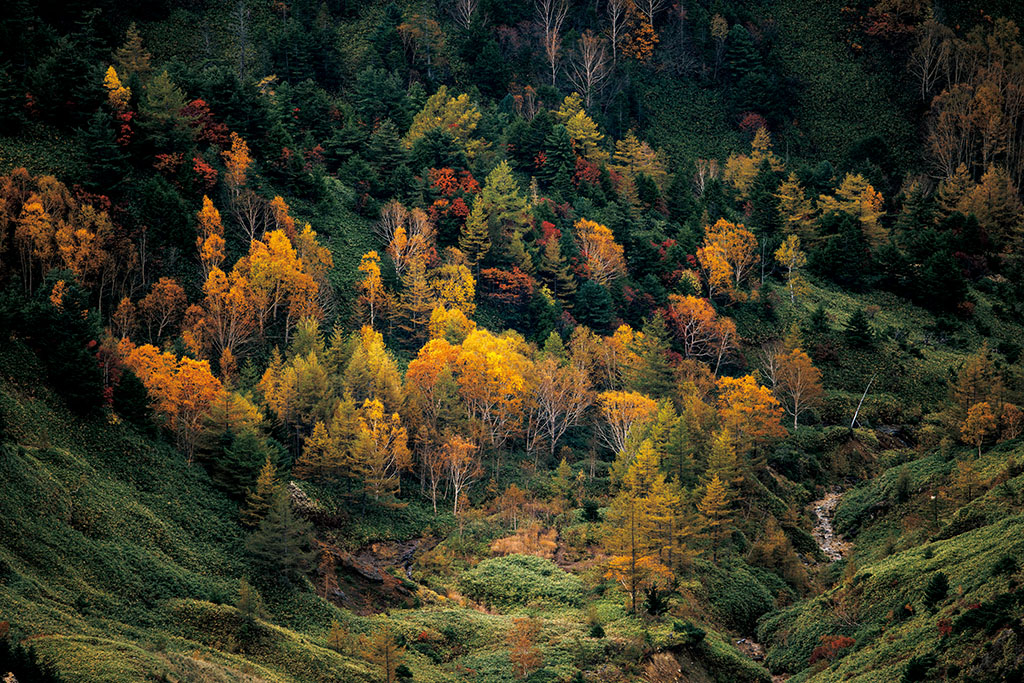
EOS R5 Mark II/ RF70-200mm f/2.8L IS USM Z/ FL: 200mm/ Aperture-priority AE (f/2.8, 1/125 sec, EV-0.3)/ ISO 100/ WB: Auto
The autumn foliage along a river passing through valleys, shot at the tele end. Even at maximum aperture, the colours of the trees are vibrant. The details in the image centre are sharp and well-resolved—and remain so to the corners. There is practically no visible colour bleeding.
Close-up of centre

Close-up of corner

Outstanding feature #3: 0.3x close-up shooting capabilities
With its 0.68m closest focusing distance and 0.3x maximum magnification, the RF70-200mm f/2.8L IS USM Z has relatively good close-up shooting capabilities for a telephoto lens. Combining this with the f/2.8 maximum aperture results in amazing bokeh. You can shoot closer to the foreground and use the bokeh to enhance perspective, among countless other new expressive possibilities.

EOS R5 Mark II/ RF70-200mm f/2.8L IS USM Z/ FL: 200mm/ Aperture-priority AE (f/2.8, 1/30 sec, EV+0.7)/ ISO 100/ WB: Auto
Tiny mushrooms in the forest, shot at the 200mm end and f/2.8 at around the 0.68m closest focusing distance. The mushroom in the in-focus area is sharp and well-resolved, its fine edges standing out against the soft, muted bokeh in the background.

EOS R5 Mark II/ RF70-200mm f/2.8L IS USM Z/ FL: 200mm/ Aperture-priority AE (f/2.8, 1/60 sec, EV-0.7)/ ISO 250/ WB: Auto
A close-up of a spider web drenched by the rain, shot at around the 0.68m closest focusing distance. The background is a buttery blur, giving the photograph a sense of dimensionality. The fine details are sharp and well-resolved even when shot close-up at the maximum aperture.
More images

EOS R5 Mark II/ RF70-200mm f/2.8L IS USM Z/ FL: 70mm/ Aperture-priority AE (f/8, 1/100 sec, EV-1.0)/ ISO 200/ WB: Auto
While the lens has excellent resolving capabilities even at f/2.8, stopping down to f/8 makes the picture a notch sharper. This entire shot is clearly rendered from the shorter trees in the foreground, to the white birch in the centre, to the forest at the back, resulting in an image with a sense of depth.

EOS R5 Mark II/ RF70-200mm f/2.8L IS USM Z/ FL: 200mm/ Aperture-priority AE (f/2.8, 1/15 sec, EV-0.3)/ ISO 1250/ WB: Auto
Tiny flowers I found around the street corner at dusk. I used the maximum aperture and the 200mm end to create huge bokeh light circles in the background, giving the shot a dreamy atmosphere. This was shot handheld from a low angle, but I was able to achieve a sharp, steady, well-detailed image thanks to up to 7.5 stops’ image stabilisation (at the centre) through Coordinated Control IS between the lens and the camera body.

EOS R5 Mark II/ RF70-200mm f/2.8L IS USM Z/ FL: 200mm/ Aperture-priority AE (f/2.8, 1/15 sec, EV-0.3)/ ISO 1250/ WB: Auto
The shadows of maple leaves decorate the white bark of this tree. The light filtering through the foliage draws out the texture of the tree trunk and the delicate contrasts in the shadows. The lens beautifully renders the wide range of tones in this image.
Thoughts: Stunning expressive capabilities, especially with an extender
The RF70-200mm f/2.8L IS USM Z is Canon’s most recent addition to its “Z” series of professional hybrid zoom lenses, designed to cater to the needs of both still photography and filmmaking. Besides the traditional white version, there is also a black version that reduces reflections on production sets. It is the same size as the RF24-105mm f/2.8L IS USM Z, and relatively light for a 70-200mm f/2.8 lens.
Its inner zooming fixed barrel length design not only improves compatibility with gimbals and filmmaking rigs but also provides better durability—as an outdoor stills photographer, I’m happy about it.
On most existing cameras, the iris ring provides direct control over the aperture during video shooting, but it also can be used during still shooting with the EOS R1 or EOS R5 Mark II.
The lens’ biggest standout point compared to the RF70-200mm f/2.8L IS USM is its extender compatibility, which is so good that you’ll experience practically no difference in AF performance or image quality compared to when no extender is attached. When combined with the Extender RF2x, your reach extends to 400mm, providing a streamlined gear alternative to the RF70-200mm f/2.8L IS USM and RF100-500mm f/4.5-7.1L IS USM combination you would otherwise need to cover the same focal range.
The RF70-200mm f/2.8L IS USM Z is said to deliver at least the same image quality as the RF70-200mm f/2.8L IS USM. Examining the images I took, I get the impression that the lens has excellent resolution and contrast throughout its entire zoom range starting from f/2.8, with corner image quality improved over the RF70-200mm f/2.8L IS USM.

Left: RF70-200mm f/2.8L IS USM Z; Right: RF70-200mm f/2.8L IS USM, barrel extended.
The RF70-200mm f/2.8L IS USM’s retractable body makes it more compact than the RF70-200mm f/2.8L IS USM Z, and this might make it hard for some users to choose between the two. It’s great to have that choice! I personally recommend the RF70-200mm f/2.8L IS USM Z to users for whom storage size is not a priority.
Attached to the EOS R5 Mark II

RF70-200mm f/2.8L IS USM Z: Key specifications

Lens construction: 18 elements in 15 groups
Closest focusing distance: 0.49m (at 70mm), 0.68m (at 200mm)
Maximum magnification: 0.2x (at 70mm), 0.3x (at 200mm)
No. of aperture blades: 11 (circular blade)
Filter diameter: φ 82mm
Size (approx.): φ 88.5mm x 199mm
Weight (approx.):
1,115g (white, without tripod mount)
1,110g (black, without tripod mount)
Lens hood: ET-88C (WIII)(bundled with white version)/ ET-88C(B) (bundled with black version)
About the Author
A monthly magazine that believes that enjoyment of photography will increase the more one learns about camera functions. It delivers news on the latest cameras and features and regularly introduces various photography techniques.
Published by Impress Corporation
Chikako Yagi was twenty when she started teaching herself photography using a film SLR camera. She left regular employment to become a full-time landscape photographer in 2016. An apprentice of renowned photographers such as Kiyoshi Tatsuno and Tomotaro Ema, she is a member of the Shizensou Club, which was founded by the former and is one of Japan’s most famous landscape photographers’ clubs. In 2013, she was selected as one of the Top 10 Photographers of the Tokyo Camera Club.
www.chikakoyagi.com
Instagram: @chikako_yagi








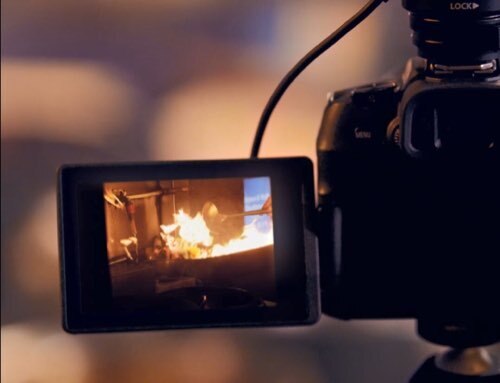












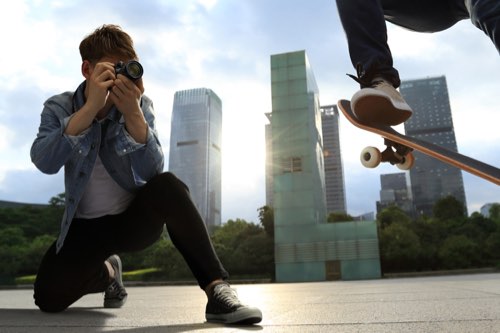
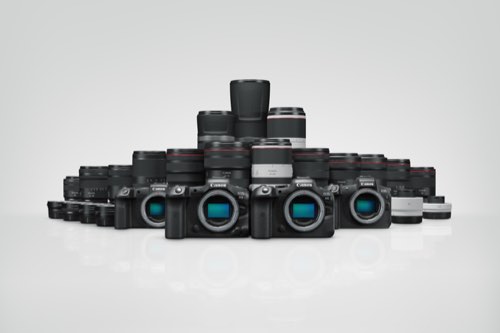







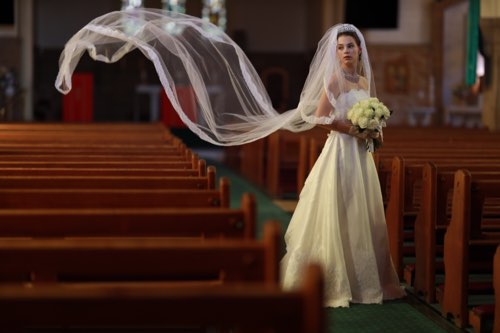
.jpg)
.jpg)


